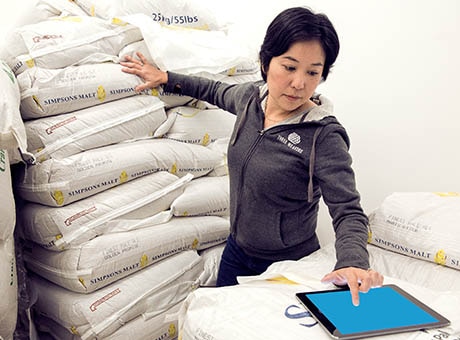Non-Manufacturing Overhead
Non-manufacturing overhead costs are expenses that your client’s company must pay but aren’t directly related to making the product. Selling, general, and administrative expenses are all classified as non-manufacturing. For instance, if your client owns Bubbles Bubblegum Company, the cost of ingredients, labour to make the gum, and the machinery that makes the gum are manufacturing overhead costs.
Your client’s marketing team works hard to sell the gum, but their salary is a non-manufacturing overhead cost. When your client prices their gum, they need to factor in both the expense of non-manufacturing overhead costs and the manufacturing overhead costs to make a profit and maintain a healthy cash flow.
Common non-manufacturing overhead costs include:
- Salaries
- Commission
- Perks
- Rent
- Utilities
- Property taxes
- Interest on business loans
- Office supplies
- Marketing expenses
Clients need this information to make educated business decisions when determining which products are the most profitable. With this in mind, you need to accurately match administrative costs with the products that use them.
A product that requires a lot of support and administrative overhead may seem like a big money-maker when it isn’t, and a product that doesn’t seem very profitable may actually be extremely efficient. You can add value to the services you provide your clients by preparing reports that allocate non-manufacturing overhead for their own internal use.


